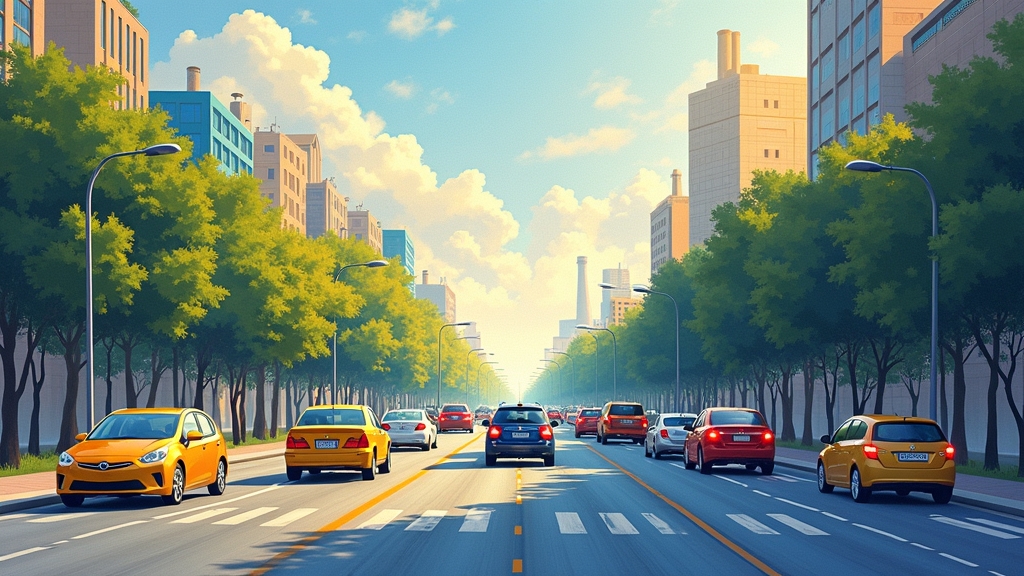Brilliant MIT PhD Student Solves Climate Crisis—Just Needs Everyone to Obey Perfectly Calculated Traffic Rules
MIT’s brightest minds have finally cracked the global climate crisis. The solution? Math, obviously. Enter Shreyaa Raghavan, a PhD student who has dedicated her life to optimizing traffic patterns, proving once and for all that humanity’s greatest weakness isn’t greed or fossil fuels—it’s morons who don’t understand how to merge.
“It’s really quite simple,” Raghavan explained while sketching out an intricate algorithm on a cocktail napkin. “If every single driver obeys my perfectly optimized digital speed limits and doesn’t drive like a lunatic, emissions could drop significantly.” She paused. “Of course, it requires universal compliance… so, yeah, we’re screwed.”
Raghavan’s groundbreaking research involves using machine learning to develop intelligent transportation systems that eliminate stop-and-go traffic. Because what better way to tackle climate change than trusting millions of people to act logically on the road? “Picture this: No sudden braking, people keep a safe following distance, nobody blocks the intersection like a sociopath—it’s utopia,” she said.
Her mentor, Professor Cathy Wu, agrees that solving traffic inefficiencies could be revolutionary—but there’s a catch. “Unfortunately, our models didn’t account for Chad in his lifted truck blasting through yellow lights, or Karen in a minivan who refuses to go faster than 35 in the left lane,” Wu admitted.
Still, industry leaders are impressed. The prestigious Accenture Fellowship has thrown its support behind Raghavan’s climate-saving traffic algorithms. “We love this work because it’s cost-effective and doesn’t require corporations to make real sacrifices,” said a spokesperson. “Instead, it places the burden directly on individual drivers. And let’s be real, if they screw this up… well, that’s on them.”
The U.S. Department of Transportation has also taken an interest, hoping Raghavan’s research can inspire a new wave of eco-conscious driving policies. “We tried asking people nicely to follow simple traffic rules, and they didn’t,” said an exhausted DOT official. “But maybe if we just show them some more PowerPoint slides about emissions, they’ll suddenly give a f#&$.”
Despite the uphill battle, Raghavan remains optimistic. She is working on a mentorship program to guide students toward applying their skills to climate solutions. “I never thought my love for computer science would apply to climate change,” she said. “But here I am, trying to save the world with traffic patterns, and if that doesn’t work, well… at least my train rides are productive.”
Her latest project focuses on networked autonomous vehicles—a future where AI handles driving instead of humans. “Because let’s face it,” she sighed, “if we let the general public continue making transportation decisions, we might as well start building boats for the rising sea levels now.”




